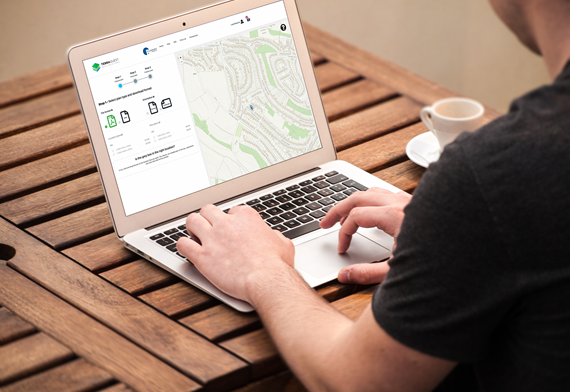
TerraQuest News
- Jun 2021
Five top tips to help reduce planning application invalidation
Did you know that on average 50 percent of all planning applications submitted are deemed invalid by Local Planning Authorities (LPAs)? An application is classed as ‘valid’ when the application includes all the necessary documentation, plans, and fees, as outlined in the LPA's ‘local list’ or ‘local list’ or ‘Validation Checklist Requirement’ documents.
These requirements should be specified on a formally adopted ‘local list’ which has been published on its website less than two years before an application is submitted. Local information requirements have no bearing on whether a planning application is valid unless they are set out on such a list.
When an application is invalid, if the additional information requested is not received in a timely way it is returned to the applicant, often with an administration fee, and requires them to amend and submit again.
Each LPA will have slightly different requirements based upon the application type, scale and location in order to reach validation, however, our research highlighted a few key issues that arise time and again. This blog will give you five top tips to help minimise these issues, reducing invalidation rates and saving you both time and money.
- Always check your local information requirements.
National requirements for applications are the same throughout England, however, each LPA will have their own local information requirements. Each LPA will produce a list which details any specific documentation required to accompany the application. The requirements may vary according to the type of application. Local requirements can be found on the relevant LPAs website or on the ‘Supporting Documents’ page when submitted online via the Planning Portal. You can find your Local Authority here. - Have you signed and dated your documents?
You may feel this is standard practice and that of course the application form and certificates will be signed and dated. However, time and again applications are being prevented from proceeding due to missing critical signatures. The time and cost impacts for such small mistakes can make a big impact to both the submitter and the associated local authority. If submitted online, the Planning Portal’s forms validation should prevent this from happening. - Have you paid your fees?
Different application types (i.e. Householder applications, outline applications, lawful development certificates, and prior approvals) require the applicant to pay a fee to the council and is to be paid at the point of submission. Planning Portal have created guidance on planning application fees which can be found here. You can also use their Fee Calculator to help guide you. Through submitting via the Planning Portal payment service, you will have the functionality to nominate your client to pay their fees quickly and efficiently. The application will not be submitted until payment has been made. By ensuring fees are paid helps to reduce the number of invalidations. For more information about the Planning Portal, Payment Service click here. - Have you included your design and access statement?
LPAs often find that no Design and Access Statement has been submitted when one is required. A Design and Access Statement must be submitted for major applications, listed building consent applications, applications in world heritage sites and conservation areas where the application is for one or more dwellings, or where the floor space created by the building or buildings is 100 square metres or more. For more information about design and access statements, you can find guidance here. - Do your location and site maps meet requirements?
Planning applications need a location plan which shows the proposal in its surrounding context and a site plan (also known as a block plan) that shows the development in more detail and needs to display any roads and/or buildings on land adjoining the application site. For further information on what to submit, you can read our guide here. To ensure your plans meet application standards, you can create your plans using our online site and location tool. Whether you are a homeowner or a professional, this is a simple and easy-to-use solution enabling you to instantly create a PDF version of an OS map of a specific location or download a DWG for greater manipulation. And if you register for an account you can easily edit your plans and resubmit!

TerraQuest is the UK’s market-leading land and planning services provider of data and technology solutions. Our mission is to utilise our data and technology to shape the future of land, planning, and property to provide solutions that are universally accessible and useful to all.
Working with Government, private organisations, homeowners, and planning professionals we’re always in the pursuit of continuous improvement. Our passion is to deliver the best possible products for our users that enhance our user’s experience.
Visit our website to find your site and location mapping solutions or for more information about our services, email jonathan.fincher@teraaquest.co.uk.



